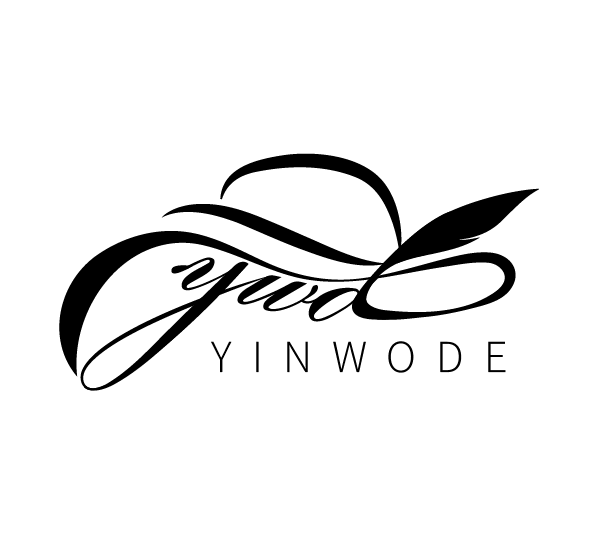Revolutionizing Fashion with LED Integration
In recent years, the fashion industry has seen a surge in innovative designs incorporating LED integration in fabric. From light-up jackets to illuminated shoes, designers are pushing the boundaries of creativity with technology.
The Science Behind LED Integration
LEDs, or light-emitting diodes, are semiconductor devices that emit light when an electric current passes through them. When integrated into fabric, LEDs can be controlled to produce a wide range of colors and patterns, adding a dynamic element to clothing.
Power Distribution in Fabric
One of the key challenges in LED integration in fabric is power distribution. Traditional batteries can be bulky and heavy, making them impractical for wearable technology. To address this issue, researchers are developing new methods of power distribution using lightweight and flexible materials.
Advancements in Flexible Electronics
Flexible electronics are paving the way for new possibilities in wearable technology. These thin, bendable materials can be integrated seamlessly into fabrics, allowing for greater flexibility and comfort for the wearer.
The Role of Conductive Threads
Conductive threads are essential components in LED integration and power distribution in fabric. These threads are woven into the fabric to create a network of electrical pathways, enabling the transmission of power to the LEDs.
Challenges in Durability and Washability
One of the main challenges in LED integration in fabric is ensuring durability and washability. Fabrics with integrated LEDs must be able to withstand regular wear and tear, as well as the rigors of washing. Researchers are working to develop fabrics that are both technologically advanced and practical for everyday use.
Applications in Sports and Entertainment
LED-integrated fabric has enormous potential in sports and entertainment industries. Athletes can benefit from illuminated clothing for visibility and safety during nighttime activities, while performers can create dazzling light shows with their outfits.
Environmental Sustainability in Wearable Technology
As the demand for wearable technology grows, there is a growing emphasis on environmental sustainability. Researchers are exploring ways to reduce the environmental impact of LED integration in fabric, such as using energy-efficient LEDs and recyclable materials.
Future Trends in LED Integration and Power Distribution
The future of LED integration and power distribution in fabric is bright. As technology continues to advance, we can expect to see even more innovative designs and applications of LED-integrated fabrics, revolutionizing the way we think about clothing.
Conclusion
In conclusion, LED integration and power distribution in fabric are transforming the fashion industry and wearable technology as we know it. With ongoing advancements in flexible electronics and conductive materials, the possibilities for creative and functional designs are endless.

